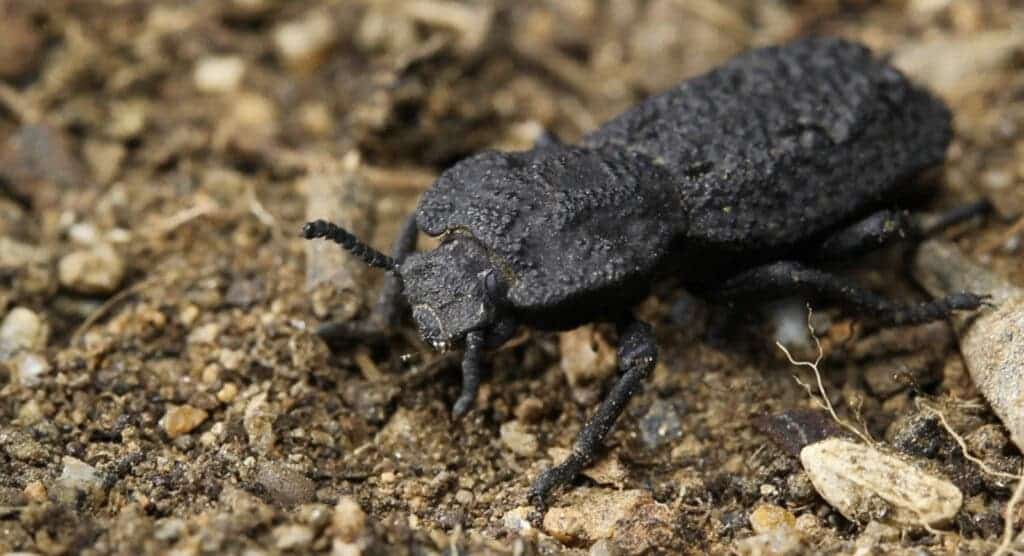
The impregnable ironclad beetle has one of the toughest exoskeletons in the animal kingdom, being capable of withstanding immense pressure for its size. Now, scientists believe they know why the insect is nearly indestructible, showing that reinforced forewings protect the beetle from getting squished or crushed.
One tough nut to crack
These beetles don’t like to give up easily. You can stomp or smack them with a bat, and chances are they’ll still be alive and well, ready to scamper away uncrushed. If you try to pin an ironclad beetle specimen, the steel pin will bend first — seriously.
Although ironclad beetles can’t fly, it’s believed they had this ability a long time ago. However, they’ve retained the outer wing cases, known as elytra, which act as a shell to protect the hindwings in flying insects.
Using CT scanners and microscopes, a team of researchers at Purdue University and the University of California-Irvine scanned the beetle’s exoskeleton. This investigation revealed that the beetle’s two elytra are made of a series of interlocking jigsaw pieces that form a super-tough armor by distributing stress across the surface of the beetle.
The two armor-like elytra join together at a line called a suture, running across the length of the abdomen.
“The suture kind of acts like a jigsaw puzzle,” Pablo Zavattieri, Professor of civil engineering at Purdue and lead author of the new study, said in a statement.
“It connects various exoskeletal blades – puzzle pieces – in the abdomen under the elytra.”
What’s more, the elytra are layered and rich in protein, which furter boosts toughness.

Next, the researchers performed compression tests to see just how much force these beetles can withstand. As expected, the insects can take a serious beating, being capable of withstanding continuous forces of up to 150 newtons (15 kg), which corresponds to a pressure exerted by an object 39,000 times its body weight. A tire inflicts a force of around 100 newtons over the surface area of a beetle, which explains why they are able to survive the encounter without turning into roadkill.
Ironclad beetles are found in the southwest United States, where they typically hide under rocks or squeeze behind the bark of trees. Since they can’t fly, it makes sense that they’ve developed a strong shell that protects them from lizard bites or the pecking of birds.
Researchers now believe the ironclad beetle’s hierarchical architecture could inspire the development of extra-tough materials for a number of engineering applications.
“This work shows that we may be able to shift from using strong, brittle materials to ones that can be both strong and tough by dissipating energy as they break,” said Zavattieri. “That’s what nature has enabled the diabolical ironclad beetle to do.”
The findings appeared in the journal Nature.


